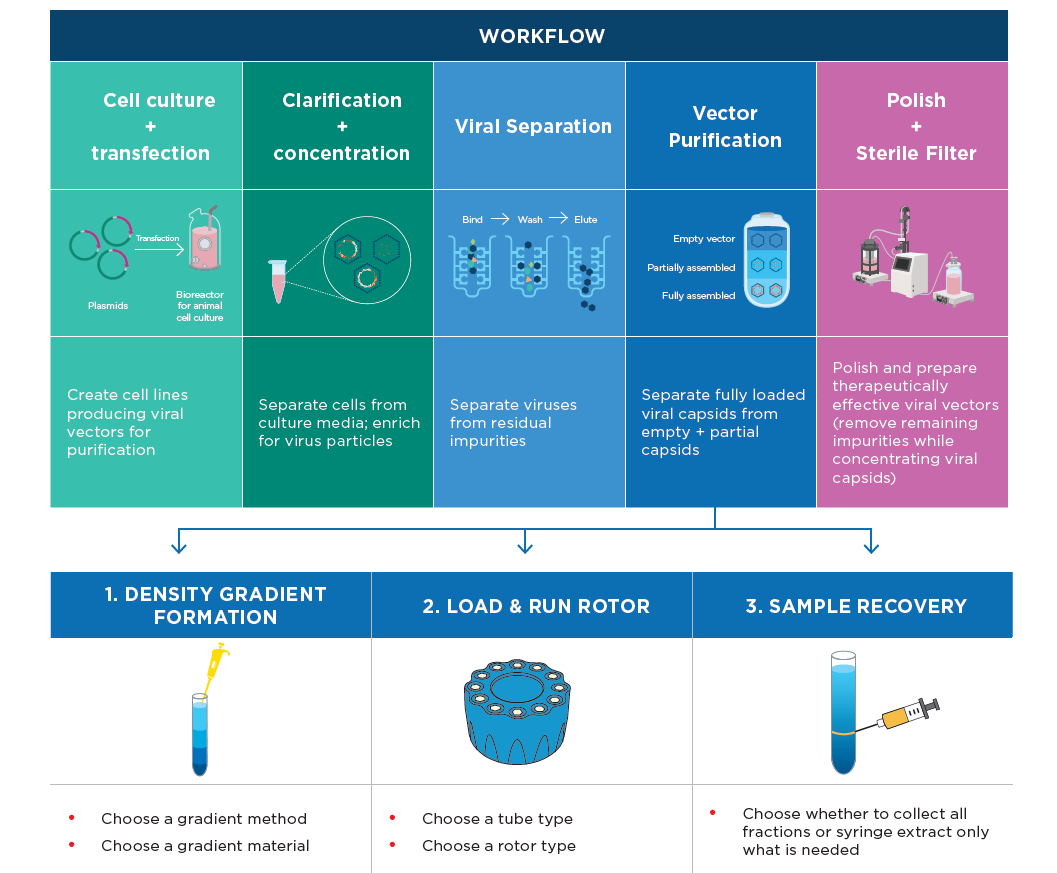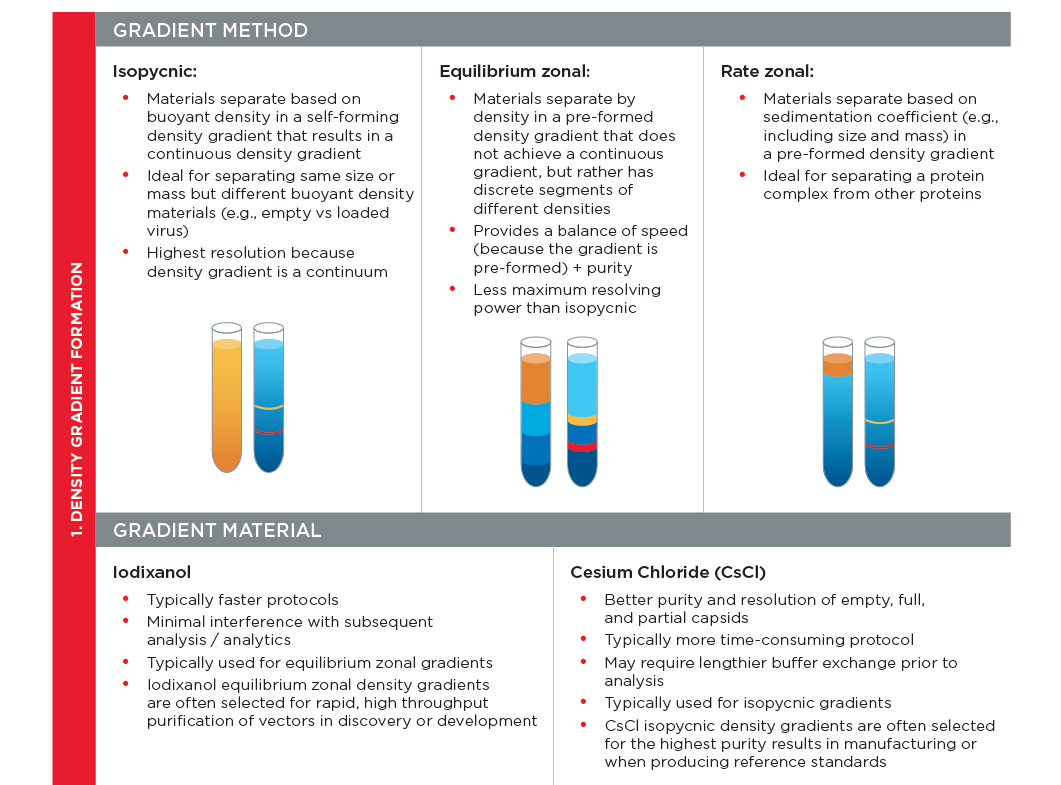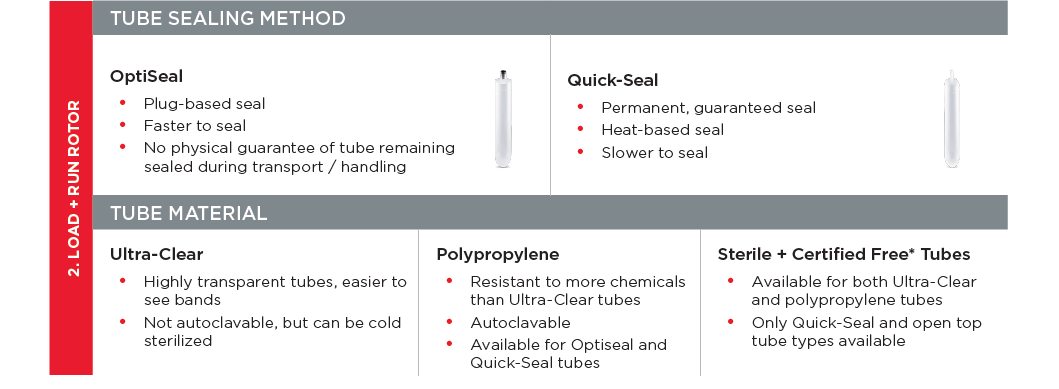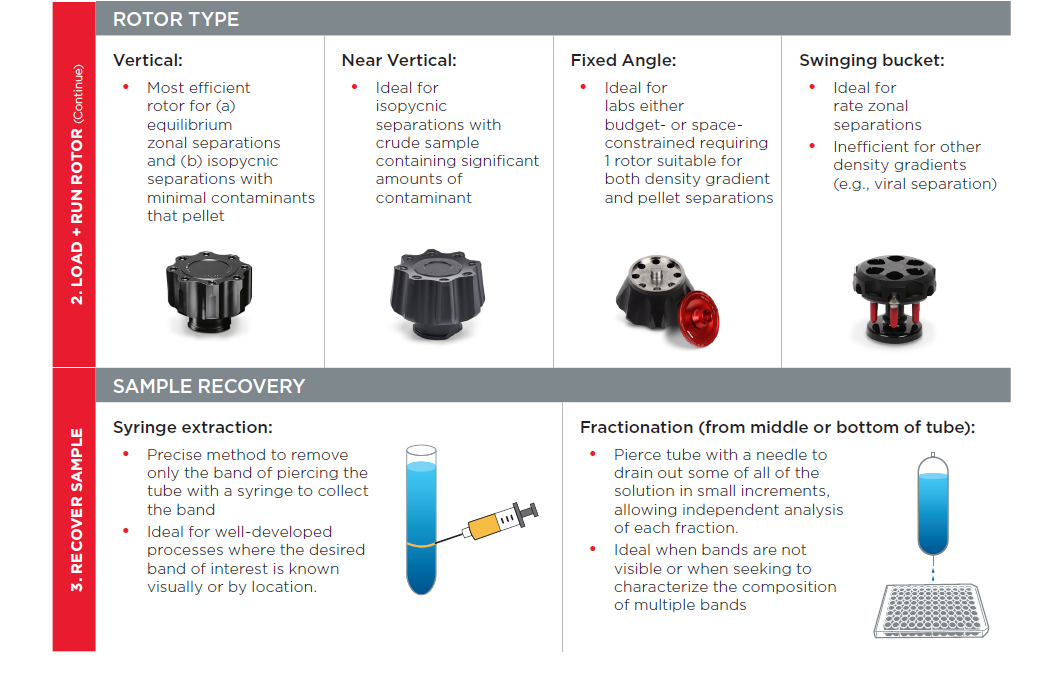인류의 건강과 생명공학 발전을 위해 봉사하는 기업 드림셀
We Serving the Health and Biotechnology of Humanity
We Serving the Health and Biotechnology of Humanity
Viral Vectors
for gene therapy and vaccines
What are viral vectors?
Viral vectors are a form of viruses that are used to deliver genetic material into cells.
벡터(유전자 전달체)는 유전자 치료 과정에서 환자의 암세포나 질병세포에서 치료용 단백질을 생산하도록 하는 유전자가 제대로 발현할 수 있도록 도와주는 물질입니다. 원하How are viral vectors produced?는 치료 유전자를 대상 세포에 도입하기 위한 매개체로, 인체에 무해하고 대량생산이 용이하며 효율적으로 유전자를 전 달할 수 있어야 해요. 벡터는 크게 바이러스를 배달부로 사용하는 바이러스 전달체(Viral Vector)와 바이러스가 아닌 합성 고분자나 지질을 배달부 로 사용하는 비 바이러스성 전달체(nonviral vector)로 나누어집니다. 그중, 바이러스 벡터는 DNA나 RNA 같은 유전물질을 세포나 생체에 주입하 기 위해 바이러스를 이용해 개발된 유전자 전달체로, 세포 유전자 치료제를 개발하는데 필요한 핵심 원료입니다.
How are viral vectors produced?

Depending on the viral vector of interest, cells may or may not need to be harvested and lysed. For example, AAV vectors are retained intracellularly, whereas lentiviral vectors are readily purified from cell media. Therefore, the cell separation and lysis steps can vary from one viral vector to another.
How do I separate empty, partial & filled viral capsids?
Vectors such as AAV and adenovirus are powerful delivery tools that are currently used in research, preclinical, and clinical developments. Density gradient ultracentrifugation (DGUC) offers a serotype-independent method of separating empty, intermediate, and full viral particles.

Use Density Gradient Ultracentrifugation to achieve >99% full viral capsids*
* See doi: 10.1089/hgtb.2015.051 for an example protocol with ultracentrifugation
Considerations in Density Gradient Ultracentrifugation



Viral Vector Workflow Overview - Instruments

자세한 문의는 :